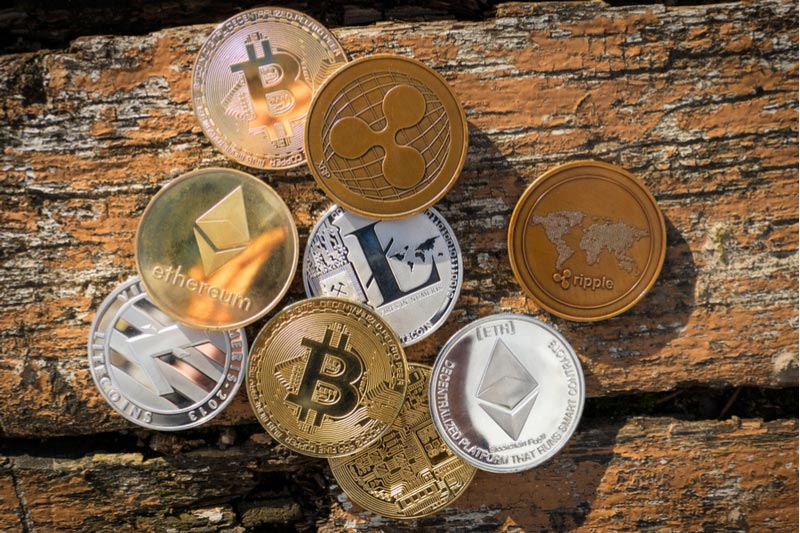While cryptocurrencies such as Bitcoin and Ethereum have dominated crypto headlines, conversations about stablecoins and central bank-backed digital currencies (CBDCs) often go unnoticed. However, it is hard to ignore the fact that many governments are silently embracing the idea of digital currencies and are actively working to launch digital versions of their fiat currencies.
At the beginning of the year, the Office of the Comptroller of the Currency (OCC), announced that US banks would now be allowed to use public blockchains and stablecoins to execute payments and other bank-permissible functions. The approval of stablecoins presented a vast opportunity for banks and other financial institutions to use stablecoins and cryptocurrencies for payments across the country. An approval on the table does not necessarily mean that stablecoins have become the primary tool for such transactions.
The central banks and governments of several countries have also made significant progress in launching their own digital currencies. A recent article published by Blockdata places the number of active CBDC projects at 77. With such a number, it becomes apparent that the idea of digital currencies is not just a fad. In fact, it is slowly taking its root in the financial industry.
Where did it all start?To many, the cryptocurrency frenzy of 2017/2018 was a bubble waiting to burst. However, nearly four years later, the industry has not only put critics to shame but has also attracted institutional investment.
For one, the cryptocurrency industry challenges the status quo of traditional finance. This was one of the major selling points the sector rode to popularity. But as the crypto industry continues to grow, it has caught the attention of regulatory bodies, who are interested in creating suitable frameworks to regulate the new asset class.
Subjecting digital assets to existing regulatory frameworks has proven to be quite challenging. This, in addition to the desire of governments to maintain their monopoly on money, has forced several monetary authorities to explore the stablecoin route (aka CBDCs). This way, issuance and control remain in the authority of the government and central bank.
Current state of thingsStablecoins are cryptocurrencies that are backed by an underlying asset. USDT Tether, for instance, is backed by U.S. dollars. Its value is pegged on a 1:1 ratio to the value of the underlying asset. By harnessing the power of cryptocurrencies, countries can afford to deploy digital versions of their fiat currencies.
There have also been some notable policies regarding stablecoin payments, including “Stablecoins and CBDCs: Monetary Policy Reforms” by the Bank of International Settlements, the “STABLE Act to regulate stablecoins for commercial use” by the U.S. Congress, and the “Consultation Paper and Regulating stablecoins for capital markets” by Her Majesty’s Treasury.
As already stated, several financial institutions have made a foray into the stablecoin market. China is arguably leading the CBDC race after performing several tests of its digital Yuan. Also, the United Kingdom, Her Majesty’s Treasury publicly stated that regulation of stablecoins will be the first step toward adopting blockchain-based payments. They emphasized the importance of stablecoins in capital markets.
Overall, corporates and financial institutions are more open to the idea of digital currencies than they were five years ago.
What does the future hold?As we already know, the cryptocurrency market is still subject to high levels of volatility and market swings. While some may argue that the sector is a fad, it has proven to be much more. Looking at the level of institutional adoption and regulations, as well as the overall demand for digital assets, one could conclude that they are the future of finance.
In the short term, one should expect to see more participation from financial institutions and governments. Additionally, we cannot afford to ignore regulators. While the industry is quickly turning to a race between countries and corporations, regulators will attempt to assert their control.
Considering the trajectory of things, governments may soon begin to recognize cryptocurrencies as legal tender. El Salvador is already blazing the trail, and a few countries have indicated interest to follow suit. This could potentially change things as we know them.
In summary, over the next few years, merchants and corporates will jump on the crypto bandwagon. We should also expect further regulatory frameworks on the use of stablecoins and cryptocurrencies in general.
